Building Better Nature Play Areas: 6 Secrets You Need to Know
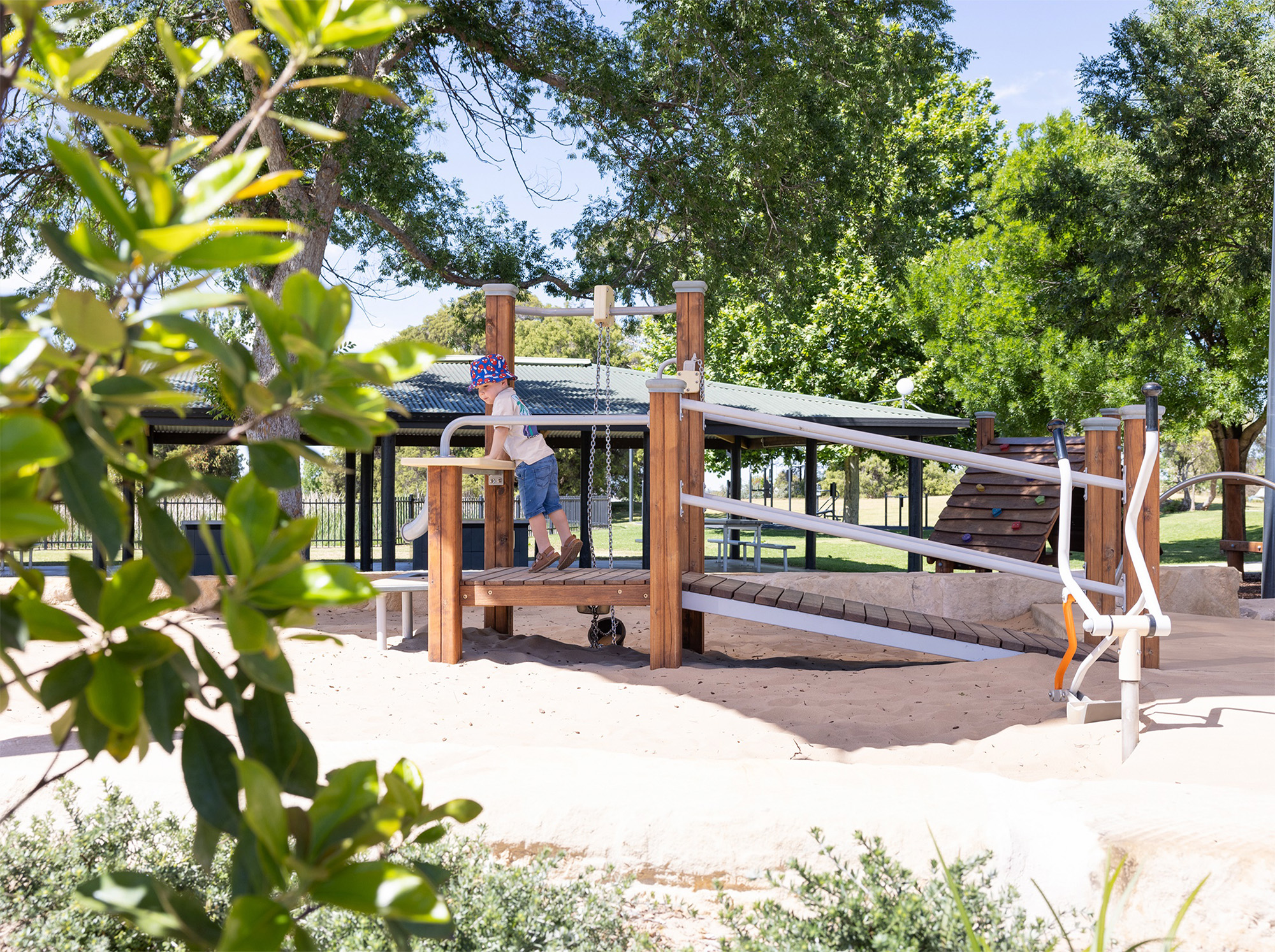
Share post
There’s no shortage of evidence highlighting the profound benefits of Nature Play for children. It fosters physical activity, imaginative play, and social interaction, while also strengthening their connection to the natural world. Yet creating a truly effective Nature Play area goes beyond simply installing some logs and planting grass.
This article isn’t just about the philosophy of Nature Play—it’s about practical insights for planning and building a Nature Play area that engages children, withstands wear and tear, and maximises the value of your investment. Based on years of experience, here are six key secrets to success:
Key Takeaways:
- Pathways
- Plantings
- Linger Nodes
- Vantage Points
- Secret Hideouts
- Encouraging Frequency of Use
These principles might seem straightforward, but they’re often overlooked in practice. Avoid common pitfalls and ensure your Nature Play area thrives by incorporating these six secrets into your design.
1. It’s All About the Pathways
Children need spaces to dig, explore, and immerse themselves in natural textures like dirt, sand, and grass. But equally important are the pathways that tie the space together. Durable, well-designed pathways are critical for maintaining the area’s appeal and usability.
In small or medium-sized play spaces, pathways prevent overuse and erosion, preserving the natural beauty. Opt for pathways scaled to children—think winding trails made of compacted gravel, stepping stones, or bark mulch rather than expansive concrete. Interesting shapes, textures, and materials not only guide traffic but also stimulate curiosity and play.
Pro Tip: Incorporate elements like stepping logs or natural stone paths to double pathways as play features. This maintains the space’s natural aesthetic while providing functional durability.
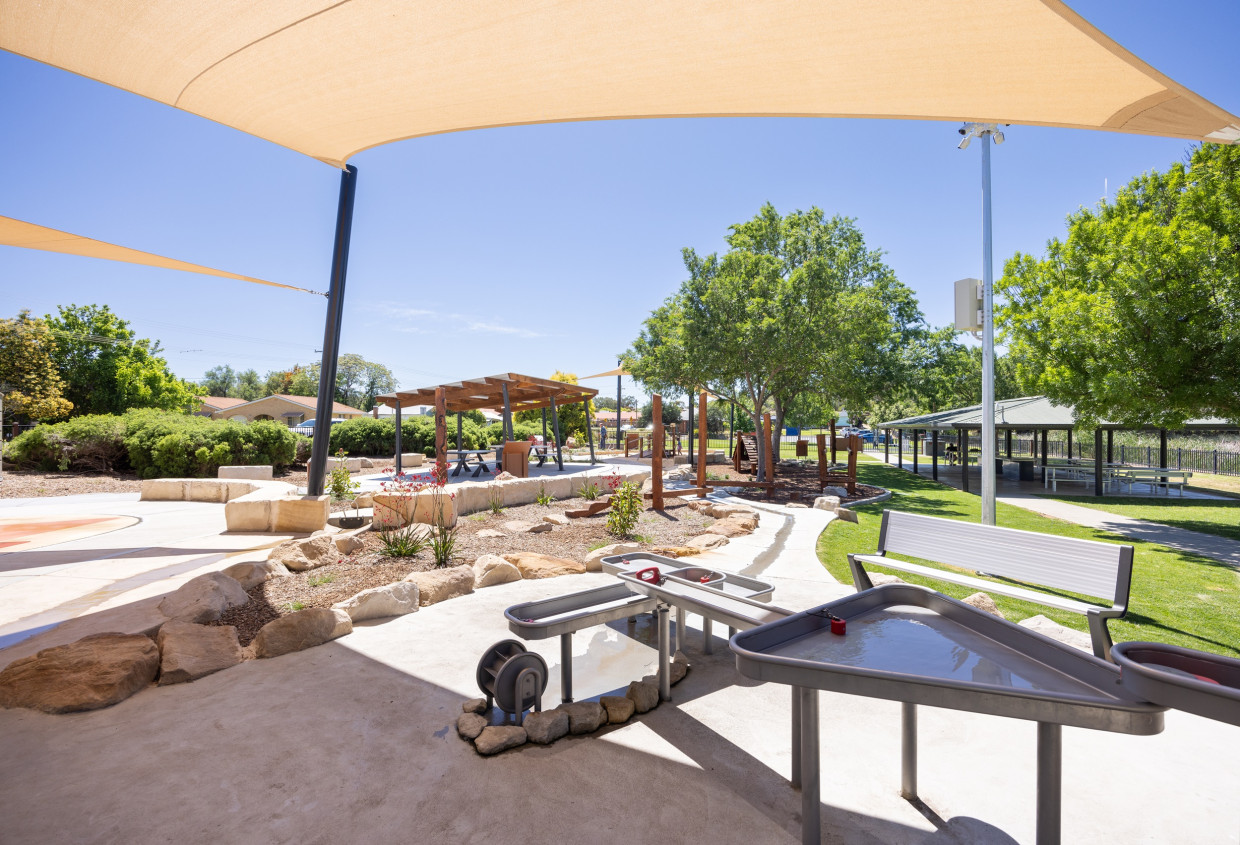
2. Plantings: The More, the Merrier
Nature Play areas often face intense use, with enthusiastic children testing the resilience of every plant. That’s why choosing hardy, quick-recovery plants is vital. Native species are particularly well-suited because they adapt to local conditions and typically require less maintenance.
Planting dense clusters ensures the area looks abundant and inviting, even after heavy use. Select non-toxic plants with varied textures and colours to engage children’s senses. Consider grasses for movement in the wind, shrubs for hide-and-seek corners, and flowering plants to attract insects and birds.
Research Insight: Studies have shown that biodiverse play spaces enhance children’s understanding of ecosystems and improve mental well-being. Incorporating diverse vegetation also creates micro-habitats, fostering an authentic connection with nature.
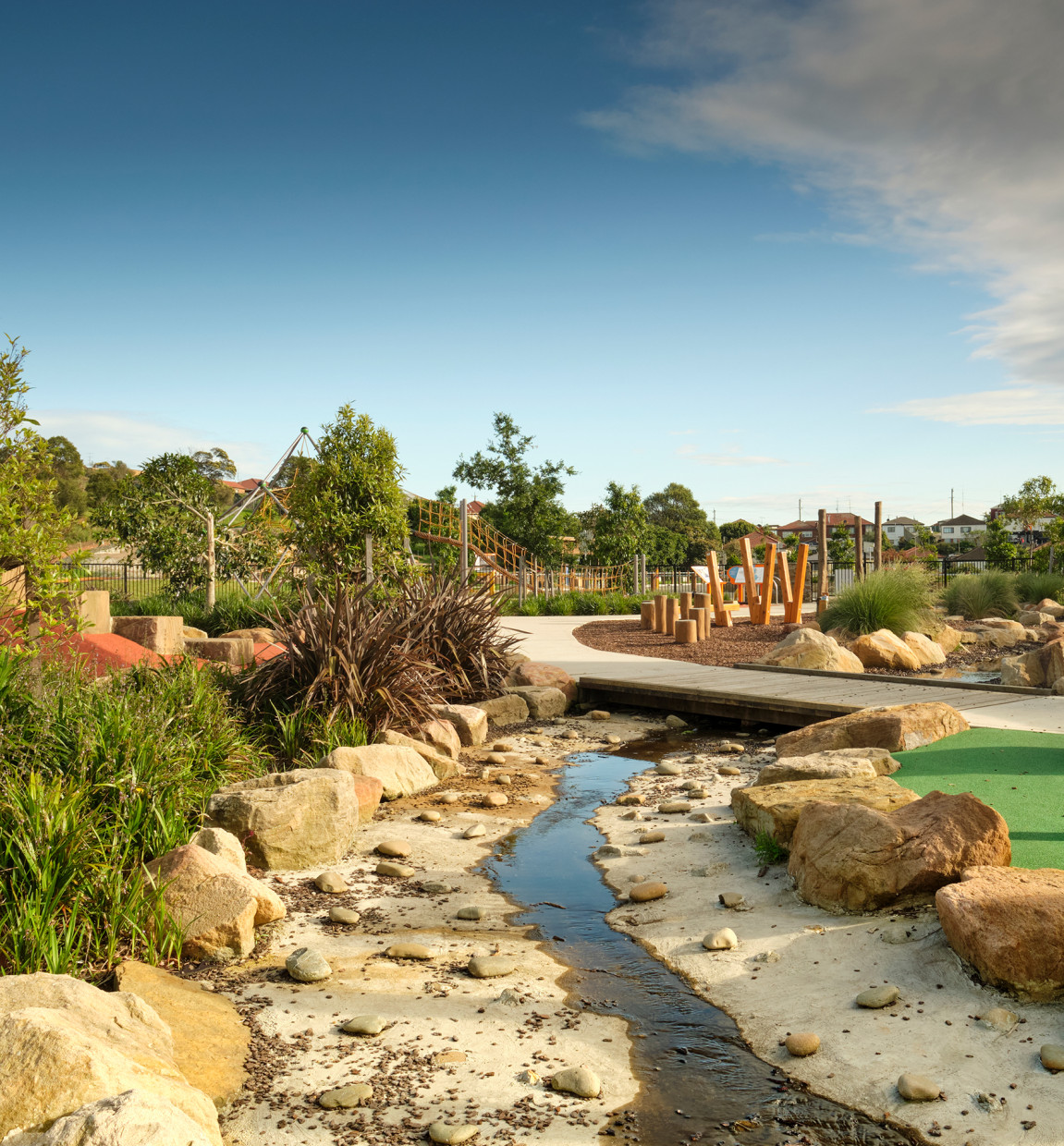
3. The Linger Nodes
To truly capture children’s attention, your Nature Play area needs “linger nodes”—features that invite them to pause, explore, and engage. These could be sandpits, boulders, log benches, or interactive water play zones.
Creating these nodes encourages deeper engagement and imaginative play. For parents, these nodes offer spaces to rest and observe, making the play area welcoming for families.
Design Tip: Consider adding sensory elements like a water hand-pump, a climbing log structure, or even a mud kitchen. These features stimulate creativity and extend the time children spend immersed in play.
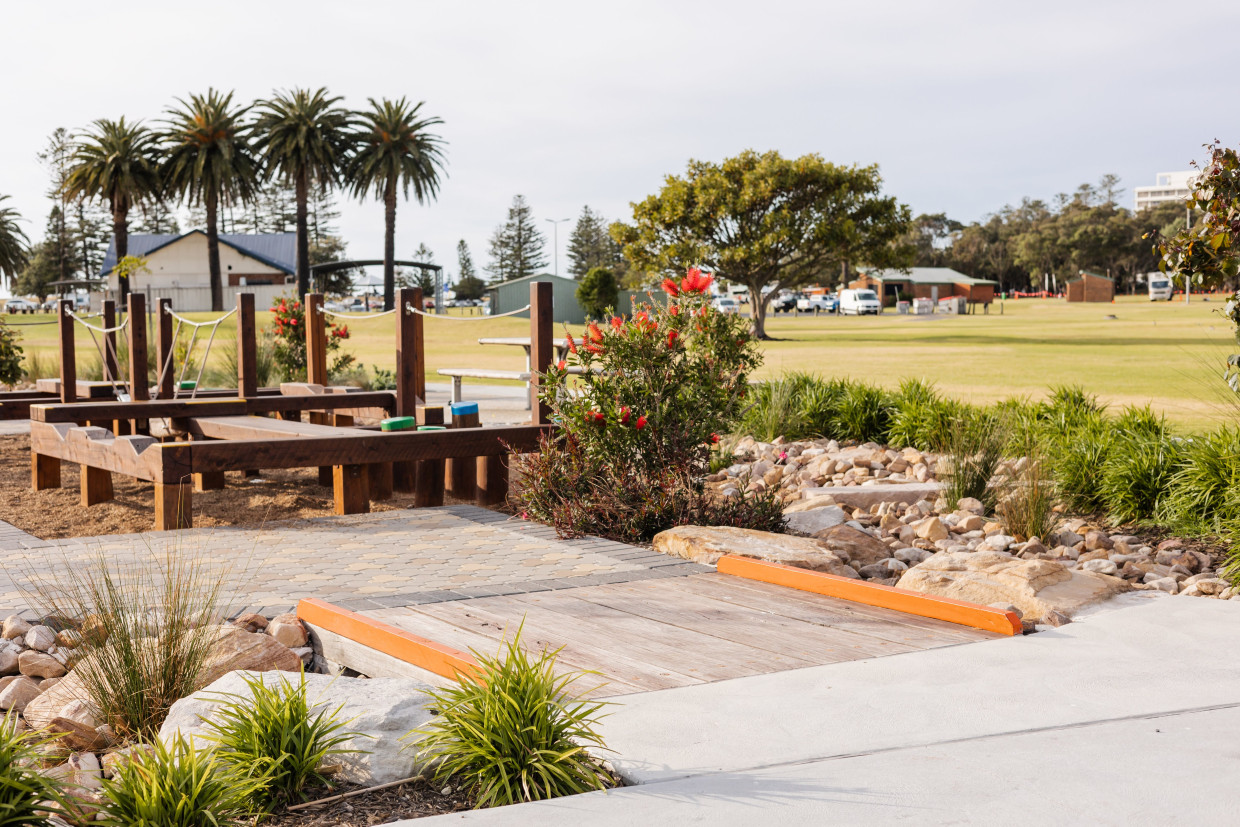
4. The Vantage Points
Children love to climb and explore their surroundings from above. High vantage points tap into this natural instinct, adding an adventurous element to your play area. These could be mounds, climbing trees, or elevated play structures designed to harmonise with the environment.
Not only do vantage points make the space more dynamic, but they also help children develop balance, coordination, and spatial awareness.
Safety Note: Ensure climbing elements are designed with safety in mind, incorporating natural barriers and cushioned ground materials like bark mulch or sand.
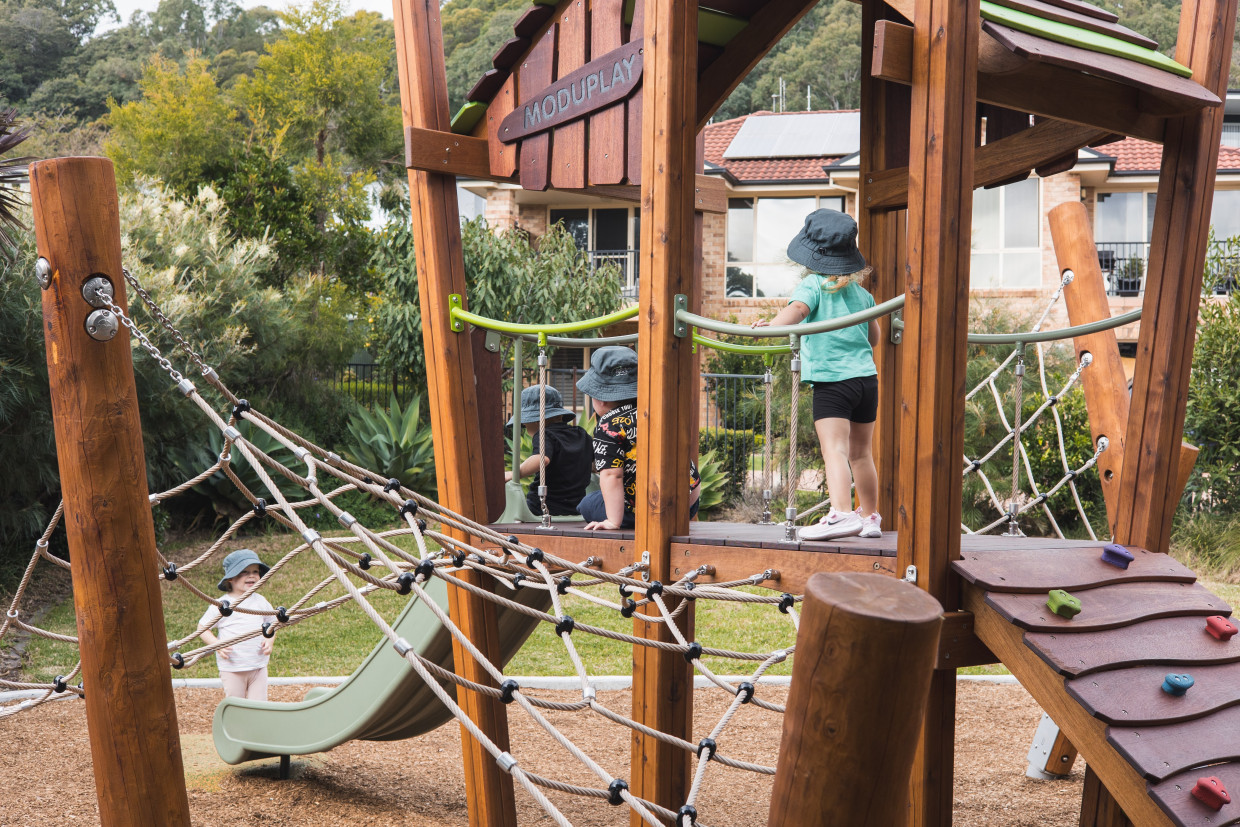
5. The Secret Hideouts
As much as children enjoy scaling heights, they also love the thrill of discovering secret, cosy spaces. Nature Play areas with thoughtfully designed hideouts—such as small dens, planted nooks, or cubbies built from logs and sticks—foster imaginative play and independence.
Children seek places that feel private yet safe, where they can role-play, read, or simply observe their surroundings. These spaces should allow visual connection with caregivers while still feeling secluded.
Inspiration: Create hideouts with natural materials like fallen branches, large ferns, or rock clusters. Adding seating or hammocks further encourages children to linger.
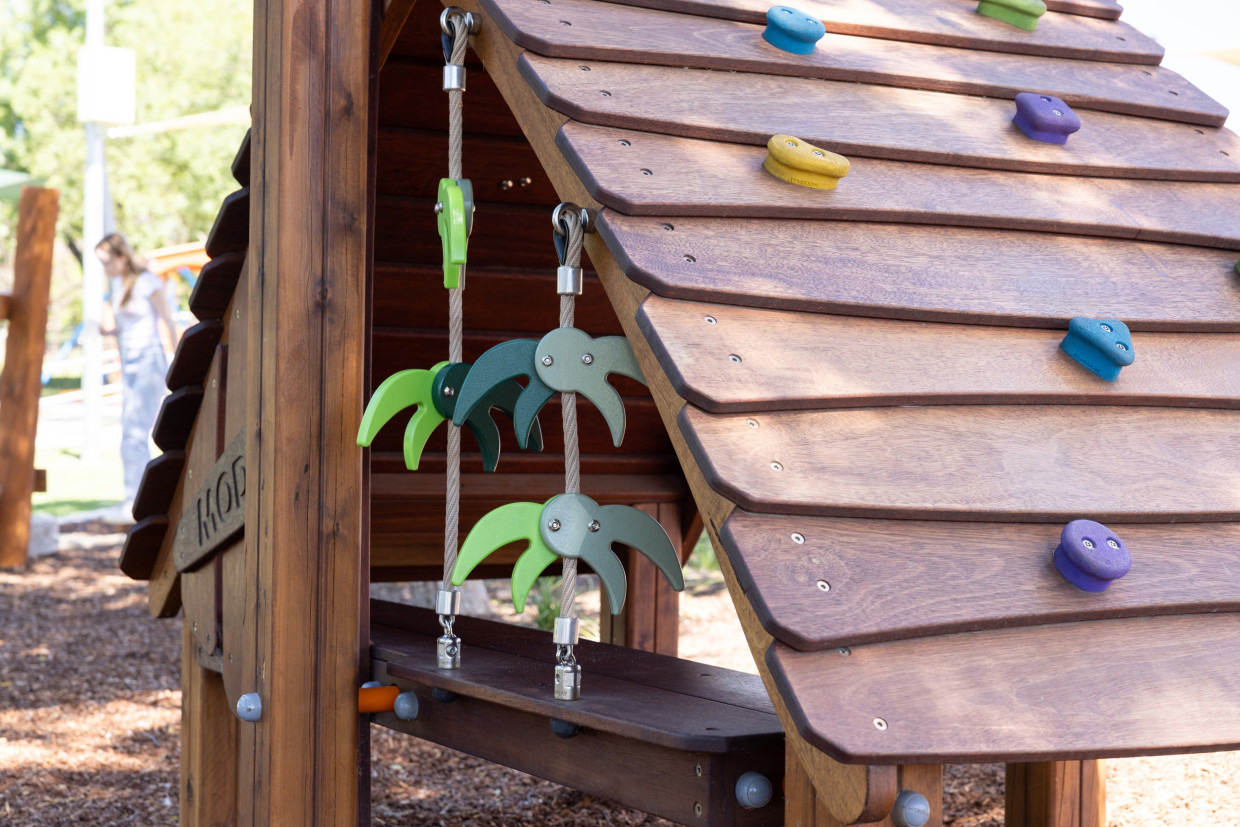
6. Encouraging Frequency of Use
A successful Nature Play area isn’t one that’s visited once—it’s one that draws children back time and again. Frequent interaction with nature deepens their connection to the environment and maximises the developmental benefits of outdoor play.
The secret to repeat visits lies in creating a space that evolves. Seasonal planting, rotating loose materials like sticks and stones, and adding adaptable play features ensure the area remains fresh and engaging.
Reflection: Think back to your own childhood. What made you want to return to a favourite outdoor spot? Chances are, it was the endless possibilities for exploration and play. Today’s children deserve the same opportunities.
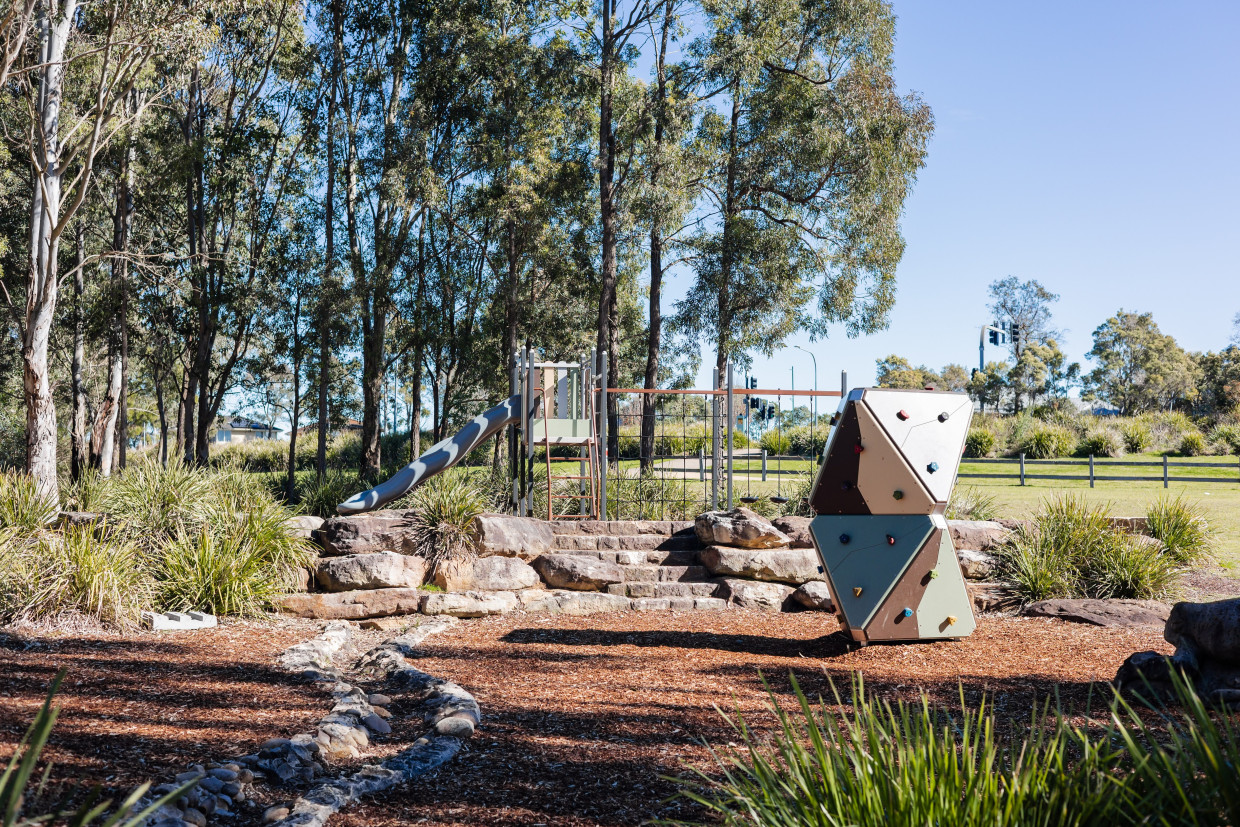
Our Commitment to Nature Play
At Moduplay, we’re passionate about creating meaningful play experiences for children. While we’re known for our traditional playgrounds, we believe Nature Play is just as essential. With careful design and thoughtful execution, these spaces become places of wonder, growth, and joy for children and families alike.
Let’s work together to create Nature Play environments that inspire and endure.

Get in Touch
Our design team is here to help! With decades of experience and a deep commitment to play, we’d love to collaborate on your next Nature Play project. Let’s build something incredible together.
Keep in touch
Get design inspiration, business tips and new product alerts straight to your inbox with our Moduplay Newsletter, the Playground Press once every two months.


